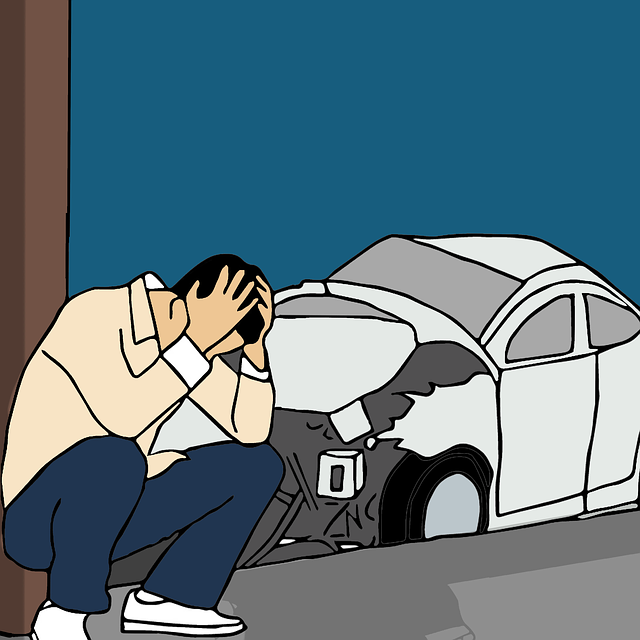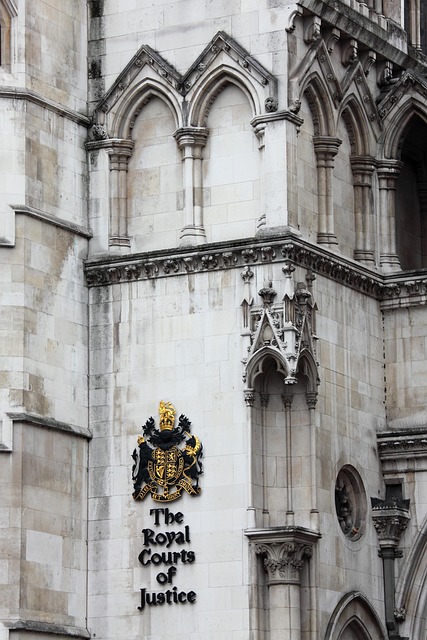Medical Malpractice Wrongful Death is a tragic consequence arising from healthcare provider negligence, requiring a deep understanding of legal definitions and frameworks. To succeed in a claim, plaintiffs must prove a doctor-patient relationship, establish breach of duty through misconduct, and demonstrate that the malpractice directly caused the patient's death, distinguishing it from pre-existing conditions. Prevalent causes include misdiagnosis/delayed diagnosis, medication errors, and surgical errors, emphasizing the need for healthcare providers to adhere to protocols for patient safety. Specialized accident attorneys are crucial in navigating this complex process, ensuring justice and recovery for families affected by medical malpractice wrongful death.
In today’s complex healthcare landscape, understanding medical malpractice wrongful death is crucial. This comprehensive guide delves into the definition, legal framework, and elements that constitute a successful claim. We explore common causes, providing examples of modern cases to illuminate contemporary issues. By examining these factors, individuals affected by medical negligence can navigate the system effectively. Learn how to identify and pursue justice for wrongful death resulting from medical malpractice.
- Understanding Medical Malpractice Wrongful Death: Definition and Legal Framework
- Elements of a Successful Medical Malpractice Wrongful Death Claim
- Common Causes and Examples of Modern Medical Malpractice Wrongful Death Cases
Understanding Medical Malpractice Wrongful Death: Definition and Legal Framework

Medical Malpractice Wrongful Death refers to a devastating outcome when a patient’s life is lost due to a healthcare provider’s negligence or substandard care. It is a complex legal term that carries significant weight and impact for families affected by such losses. Understanding this concept involves delving into both its definition and the legal framework surrounding it.
In essence, medical malpractice wrongful death occurs when a patient suffers permanent harm or dies as a direct result of a healthcare professional’s failure to adhere to accepted medical standards. This can encompass various scenarios, from misdiagnosis leading to delayed treatment to surgical errors causing severe injuries. When such incidents result in a client’s recovery being hindered or their life lost, it becomes a matter for legal action. The legal framework surrounding medical malpractice wrongful death varies by jurisdiction but generally involves proving the existence of a duty of care, breaching that duty, and establishing a causal connection between the breach and the harm suffered. An accident attorney specializing in medical malpractice cases plays a crucial role in navigating this intricate process, ensuring that clients and their families receive the justice and recovery they deserve.
Elements of a Successful Medical Malpractice Wrongful Death Claim

To establish a successful medical malpractice wrongful death claim, several key elements must be present. Firstly, it’s crucial to demonstrate that a doctor-patient relationship existed, and during this period, the healthcare provider breached their duty of care through negligence or misconduct. This breach must directly result in an injury or harm that ultimately leads to the patient’s death. Evidence of medical records, expert witness testimony, and detailed accounts from medical professionals are essential to prove these elements.
Additionally, claimants need to establish causation, showing that the healthcare provider’s actions or inactions were the proximate cause of the patient’s death. This involves a thorough investigation to differentiate between the effects of the medical malpractice and any pre-existing conditions. Unlike personal injury claims stemming from auto accident injuries, medical malpractice wrongful death cases require a deeper understanding of medical practices and standards to ensure justice is served. A competent personal injury lawyer can guide through this process, ensuring all necessary steps are taken to build a compelling case.
Common Causes and Examples of Modern Medical Malpractice Wrongful Death Cases

In modern medical malpractice wrongful death cases, several common causes and examples have emerged that highlight the importance of professional negligence in healthcare. One prevalent area is misdiagnosis or delayed diagnosis. For instance, a patient may present with specific symptoms, but due to a doctor’s oversight or incorrect interpretation of test results, a serious condition like cancer might be missed, leading to severe consequences. Another frequent cause involves medication errors, where patients suffer harm due to prescription mistakes, incorrect dosages, or interactions between medications.
Additionally, medical malpractice wrongful death cases often arise from surgical errors. These can range from injuries caused by improper surgical techniques to leaving foreign objects inside a patient’s body during surgery. Furthermore, negligence in post-operative care, such as inadequate monitoring or delayed response to complications, can also result in severe and life-threatening situations. These examples underscore the need for healthcare providers to adhere to established protocols and standards of care to prevent avoidable harm and ensure patient safety.
Medical malpractice wrongful death cases encompass situations where negligence on the part of healthcare providers leads to a patient’s fatal outcome. By understanding the legal framework, identifying key elements in successful claims, and recognizing common causes, individuals can navigate these complex issues. In today’s medical landscape, awareness of preventable errors and prompt action are vital to securing justice for loss suffered due to medical malpractice wrongful death.






